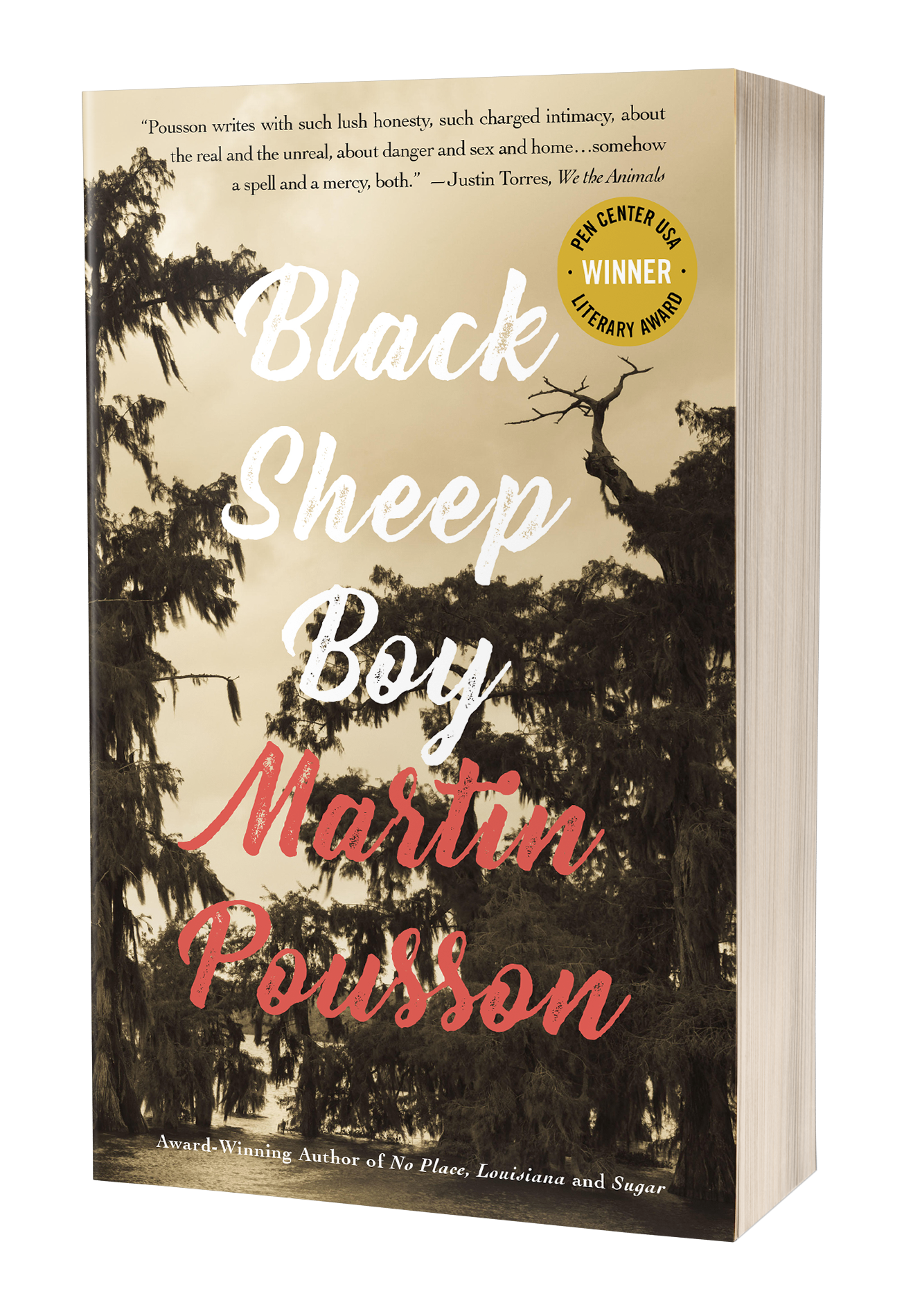The Social Construction of Racial and Ethnic Identity Among Women of Color from Mixed Ancestry: Psychological Freedoms and Sociological Constraints
City University of New York (CUNY)
2009
211 pages
Laura Quiros
A dissertation submitted to the Graduate Faculty in Social Welfare in partial fulfillment of the requirements for the degree of Doctor of Philosophy
In the context of the 21st century, when an increasing number of people cannot be classified by an archaic system based on race, an awareness of the complexities of ethnic and racial identity is more important than ever. This study assists in the development of a critical understanding of the complexity of racial and ethnic identity by exploring the construction of racial and ethnic identity among women of color from mixed ancestry. These women are the offspring of parents from multiple racial and ethnic backgrounds. As a result, their identities—both internally and externally constructed—belie traditional racial and ethnic categories. This population faces unique struggles, as identified in the empirical literature and supported by the data analysis. Women of color from mixed heritages: have been assigned monolithic labels based primarily on their physical appearance; may feel pressured to adopt a single and predetermined ethnic or racial label; and are often researched as one ethnic or racial group. Furthermore, scholars agree that institutional racism has been a constricting force in the construction of identity and identification for ethnic groups of color in the United States. This study is important because women of color are not always comfortable with the ascribed identity, particularly when it is based on faulty characterizations and when their ethnicity is overlooked. Additionally, this study brings insight to the psychological and social impact of socially constructed identifications.
This study regards race and ethnicity as social constructions, defined by human beings and given meaning in the context of family, community, and society. As such, women of color from mixed ancestry find themselves in the middle of the psychological freedoms and sociological constraints of identity construction within the dominant society. As a result, they develop management techniques for integrating components of self and for managing the freedoms and constraints in social constructions of race and ethnicity.
This is a subject of pivotal importance to multiple fields of inquiry as well as one having significant educational, clinical, and programmatic implications. Among the implications for social work practice and pedagogy are the need for critical reflection, increased awareness, and cultural diversity.
Read the entire dissertation here.





